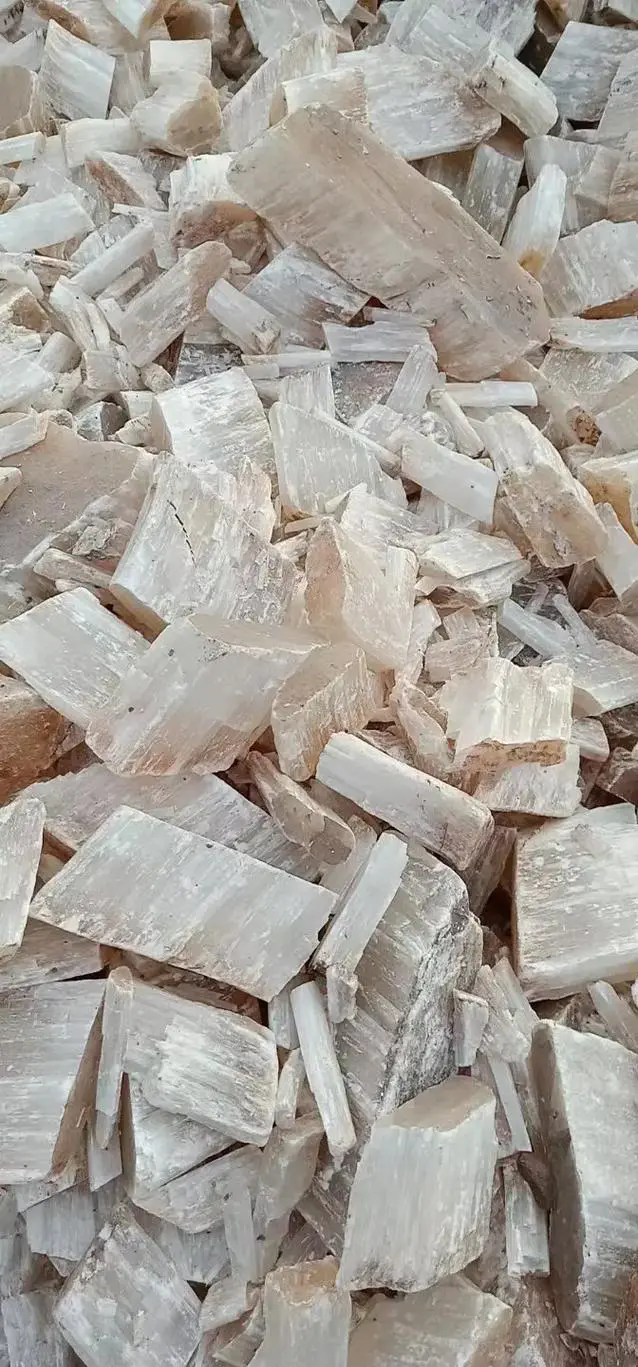Water treatment antifoam agents are chemicals designed to eliminate or control foam formation in various water treatment processes. They can be broadly classified into silicone-based, non-silicone organic, natural, and polymeric types, each with unique properties suitable for specific applications.

In water treatment, foam is a common yet problematic byproduct that can interfere with operations, reduce treatment efficiency, and increase operational costs. Antifoam agents are crucial in maintaining process stability, ensuring water quality, and preventing equipment damage.
Antifoam agents work by either breaking up existing foam bubbles or preventing new ones from forming. They disrupt the surface tension of the foam, causing bubbles to collapse or preventing them from growing to a problematic size.
Silicone-based: High efficiency, long-lasting, but may have limited biodegradability.
Non-silicone Organic: Biodegradable, less sensitive to pH changes, often used in sensitive applications.
Natural: Derived from plant or animal sources, eco-friendly, suitable for organic processes.
Polymeric: Versatile, capable of forming a protective film to prevent re-foaming.
Selection criteria include foam severity, water chemistry, environmental considerations, and cost. For instance, a petrochemical wastewater treatment plant might opt for a silicone-based antifoam due to its high performance, while a food and beverage plant might prefer a non-toxic, biodegradable option.
As environmental regulations tighten, antifoam agents must be evaluated for their biodegradability, toxicity, and overall impact on aquatic ecosystems. Safety data sheets provide critical information for safe handling and disposal.
Continued innovation will drive the development of more efficient, eco-friendly antifoam agents. Nanotechnology, biobased materials, and intelligent formulations are among the promising areas of research.

 English
English
 Chinese
Chinese Vietnamese
Vietnamese
 HOME
HOME
 PRODUCT
PRODUCT
 NEWS
NEWS
 CONTACT
CONTACT


